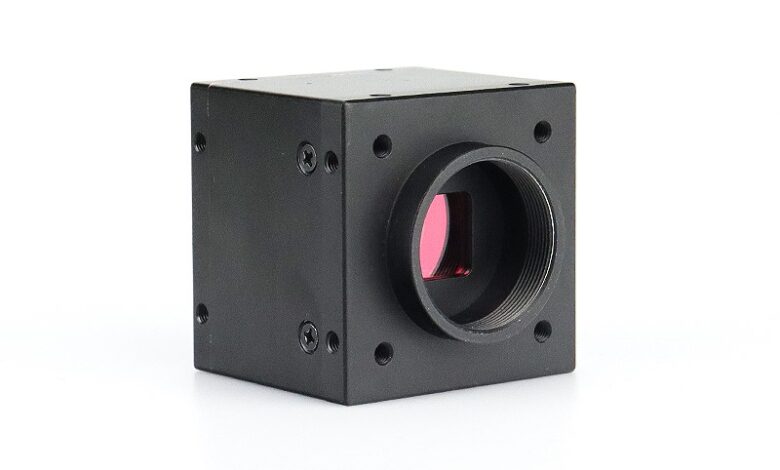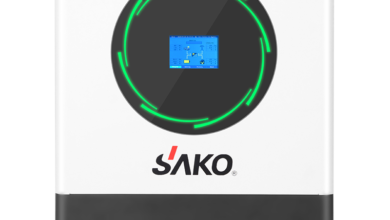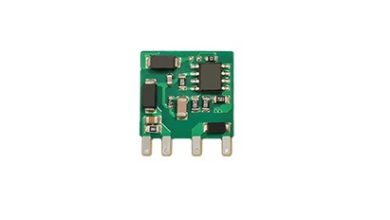A look at machine vision cameras used in the automotive industry

The automotive industry has embraced machine vision camera as a new way of capturing data and creating more efficient processes. Considering everything that these automated cameras have to offer, the automotive industry is set to embrace them even more in the future.
What is a machine vision camera?
A machine vision camera is a device that is used to photograph an object and then convert the photograph into a digital image.
The main use of a machine vision camera in the automotive industry is for measuring and inspection purposes.
Some of the common applications for machine vision cameras in the automotive industry include:
-Measuring the width, height, and depth of parts
-Checking for damages
-Detecting faults such as dents or scratches
-Generating prototypes using 3D printing
How are they used in the automotive industry?
Machine vision cameras are used in automotive production to help inspect and manage parts. They can be used for a variety of tasks, such as inspecting the surface of a part for imperfections, measuring distances between parts, or detecting objects within a scene. By using machine vision cameras, automakers can improve their overall manufacturing process and ensure that they are producing high-quality products.
Benefits of machine vision cameras
As the automotive industry continues to grow, so too does the need for accurate vision systems. Machine vision cameras are a key component of many automotive manufacturing processes and can play a major role in everything from assembly lines to paint shops. Here, we take a look at some of the benefits of using machine vision cameras in automotive production:
- Speed and accuracy: Automotive production is notoriously slow and often requires high levels of accuracy. With machine vision cameras, workers can quickly scan parts and assemblies for flaws, ensuring that products meet quality standards quickly and efficiently.
- Reduced labor costs: Automotive manufacturers are always looking for ways to reduce costs, which is why machine vision cameras are such a valuable tool. By automating certain tasks, companies can free up employees to do more productive work or focus on new product development.
- Reduced downtime: One of the biggest challenges with automobile manufacturing is downtime due to defective parts or incorrect assembly. By using machine vision cameras in various stages of production, factories can prevent costly delays and ensure that products are delivered on time.
- Increased safety: By using machine vision cameras in factories, workers can avoid injuries due to faulty equipment or unsafe working.





